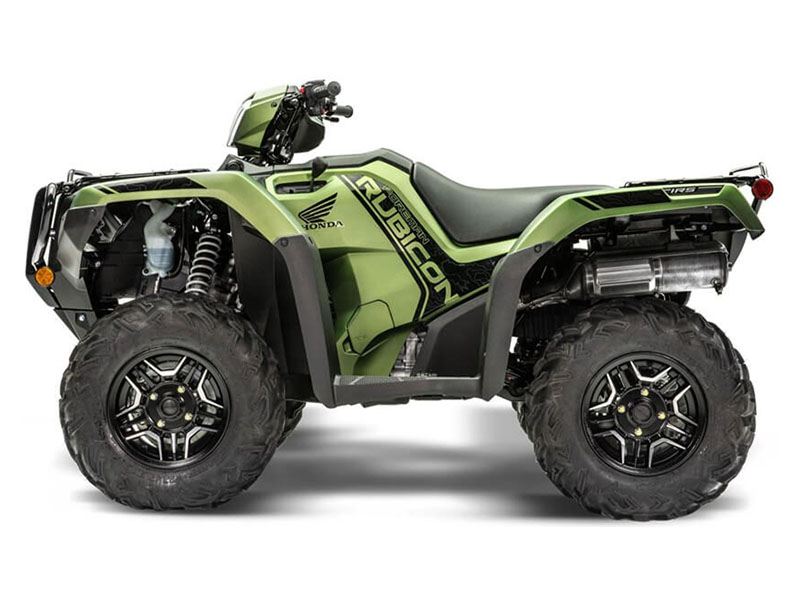As the snow falls, and temperatures begin to plummet, it’s a good time to think about how to store your all-terrain vehicle. ATVs are built to be tough, but bone-chilling weather can cause one to have issues if you don’t take the proper steps before storing it for the winter. It’s worth the time and effort to implement the following strategies to properly winterize your ATV.
How Do I Store My ATV for Winter?

Once you’ve decided on whether or not you would like to store your all-terrain vehicle or keep riding, it’s time to store it. Where should that be? If possible, your all-terrain vehicle should be stored in a garage, where it’s covered from the snow, sleet, and slush that winter brings. This dry location is perfect.
Even better, if you can store your vehicle away from the sun, it’s advised to do so. Avoiding sunlight that might reach plastic components or land on the tires themselves can spare both from damage. For this, you can use a permeable protective sheet over the vehicle to protect from dust and to allow air to circulate. Moisture can create corrosion, so your cover must allow it to escape and prevent it from accumulating.
To protect your vehicle even more, you can take off the tires and elevate it so that it’s off the ground. By doing so you reduce the prolonged pressure on the tires, in turn preventing flat spots. Creating relief off the tires will also help the suspension, prevent premature wear, and prolong the life of them.
Winter Storage Tips
Follow these tips to safely store your ATV over the winter.
Prep and Wash
If you’re doing it right, your ATV has probably collected a lot of dirt and grime through riding. By giving it a good wash, you’re protecting from any corrosion that may occur as it sits for winter. Also, by washing it down, you’re better able to gauge what work it might take before you get to storing it for winter.
Stabilize Your Fuel
This next point is imperative. If your ATV contains a plastic tank, then you should drain your tank completely, including the fuel lines and carburetor. On the contrary, if you have a metal tank, fill it up and add a stabilizer. Metal is known to rust in humid areas, and by adding a stabilizer, it helps eradicate that problem by keeping the moisture out. It’s also suggested that after you add the stabilizer to run it through the system a couple times.
Charge the Battery
Prolonged exposure to the cold will drain your battery, and in some cases even cause it to crack. Additionally, a battery that is not being used loses some of its power each day it’s not being used. You can avoid this by removing your battery and keeping it charged in a warm, dry place.
Fill Up on Antifreeze
To make sure ice is not forming in your radiator, you will want to check your antifreeze level and make sure it’s filled to the top. Even more, the antifreeze that you so choose should contain anti-corrosive properties that will protect your ATV even in the coldest of temperatures.
Raise It
If possible, raise your quad off of the ground with the use of a jack. Having it raised is a great idea because doing so releases any pressure that would have been placed on the tires if let to sit for the duration of the winter. In turn, this protects against flat spots and various other issues regarding your tires. Longer tire life is always great for your pocket as well!
Having an ATV is a lot of fun, and as an owner you’d like to do all that you can to ensure that it functions properly for as long as possible. By following these five important winter storage tips, you’ll prolong the life and functionality of your vehicle.

Mike Kunert is the general manager of Powersports Company. He is very passionate about the powersports and outdoor equipment industry. He does everything from sales to service at the store. With 23+ years in the powersports/outdoor equipment industry and many OEM factory certifications, he has a lot of knowledge about the industry.